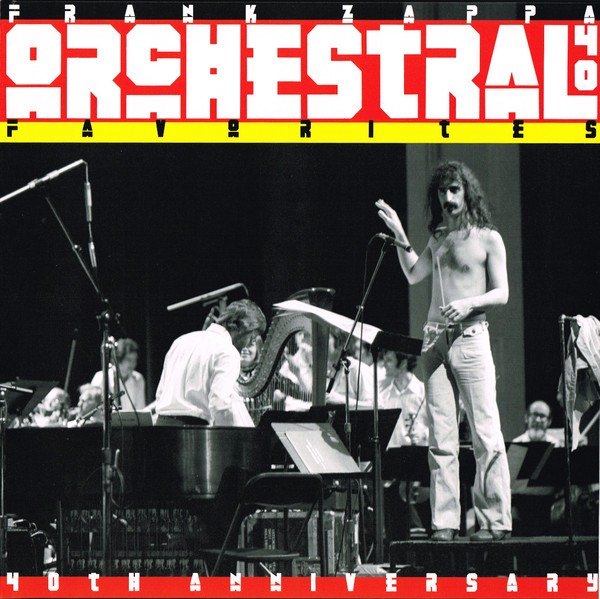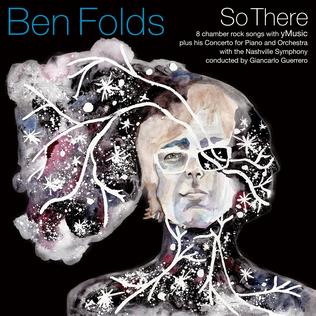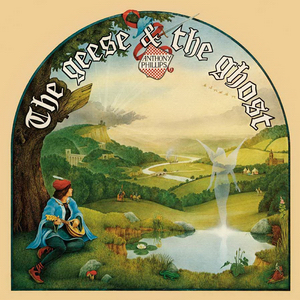The final album of music owed to his old label, Orchestral Favorites presents most of the rest of the material originally recorded in 1975 for a larger project, then siphoned off, re-edited and shelved. Timing being everything, it was seemingly rush-released in the wake of Sheik Yerbouti; those looking for more of the same humor would have been disappointed. Instead, they’d get a well-recorded representation of Zappa’s composing abilities.
As the title suggests, this is an orchestral album, with no vocals, which alone makes it an improvement on his last released orchestral experiment, 200 Motels, even repeating some themes. “Strictly Genteel” and “Bogus Pomp” bookend the set and take up the most space, striking a balance between grand themes and avant-garde expressionism. “Pedro’s Dowry” was written specifically for the project, and recalls elements of Lumpy Gravy and “Holiday In Berlin”. “Naval Aviation In Art?” is a brief, suspenseful violin piece, and the old standby “Duke Of Prunes” reappears with a ‘70s shuffle and overdubbed guitar solo.
Throughout Orchestral Favorites, horns and strings rub up against percussion, a standard drum kit, harmonicas, electric violins and electronic keyboards. Together, it provides an alternative to the standard menu of filthiness.
 As was common throughout his career, the album as released didn’t sound right to Frank’s ears, and four decades went by before the technology (and tapes) appeared to rectify this. Orchestral Favorites: 40th Anniversary presented the new and improved original sequence on one disc, bolstered by an unused version of “Strictly Genteel” with jaunty keyboard overdubs. Two further discs presented one of the concerts staged for the project in its entirety. In addition to including Frank’s narration of the pieces performed, it turns out there were several other contenders for the original album. Highlights include the rare “Rollo” as well as the first performance of “Black Napkins” actually taught to the players on the spot since he hadn’t transcribed it yet, both with live guitar solos, a sizable chunk of “Greggary Peccary”, and suites of music derived from themes heard on Lumpy Gravy and Uncle Meat.
As was common throughout his career, the album as released didn’t sound right to Frank’s ears, and four decades went by before the technology (and tapes) appeared to rectify this. Orchestral Favorites: 40th Anniversary presented the new and improved original sequence on one disc, bolstered by an unused version of “Strictly Genteel” with jaunty keyboard overdubs. Two further discs presented one of the concerts staged for the project in its entirety. In addition to including Frank’s narration of the pieces performed, it turns out there were several other contenders for the original album. Highlights include the rare “Rollo” as well as the first performance of “Black Napkins” actually taught to the players on the spot since he hadn’t transcribed it yet, both with live guitar solos, a sizable chunk of “Greggary Peccary”, and suites of music derived from themes heard on Lumpy Gravy and Uncle Meat.
Frank Zappa Orchestral Favorites (1979)—3
2019 40th Anniversary: same as 1979, plus 21 extra tracks







:format(jpeg):mode_rgb():quality(40)/discogs-images/R-1188951-1199481571.jpeg.jpg)
